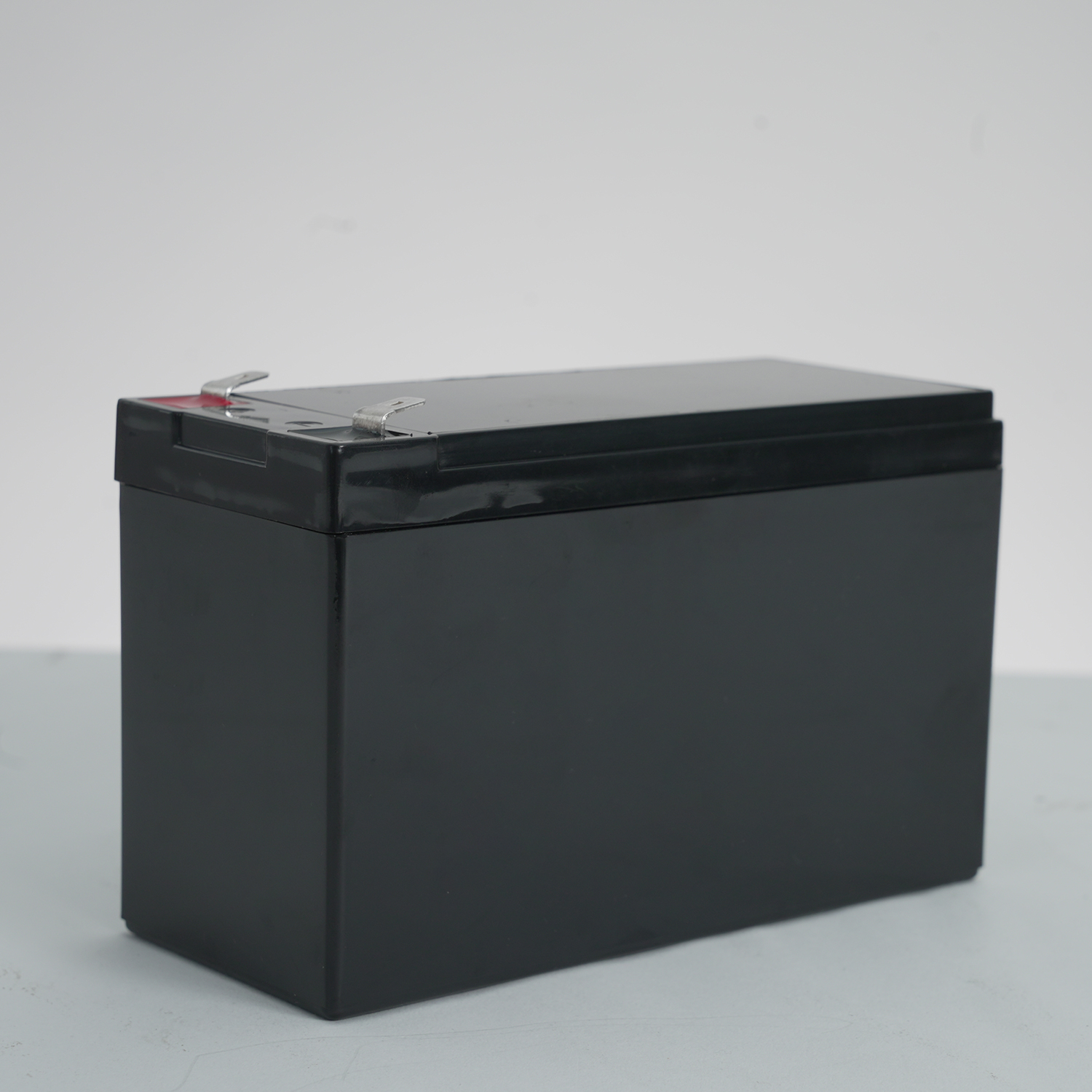Before buying a LiPo or NiMH charger, it's important to consider what it does and what you're ultimately trying to achieve. Some chargers are designed with simple functions, while others take advantage of UI features. Li-polymer and NiMH batteries are particularly sensitive to chargers. You can't just pick any one from the market and assume it will do what it shouldn't.
Basically, one has to start by checking the user guide. From here you can get full details on features, modes and how to use the device. These will give you a better understanding of using the charger.
Today, LiPo and NiMH chargers come in many sizes and shapes. Each will have a different effect on how the battery operates.
The good news is that even if you're a novice, you can't find the right charger. Armed with some basic knowledge about how these chargers work, you should be able to use them properly. And you've come to the right place.
What is a good LiPo and NiMH battery charger?
Simple as it may seem, the parameters involved in deciding on LiPo and NiMH chargers are somewhat complex. There are many things to consider. For example, you should never compromise on the functionality of a charger and focus on the versatility of the product rather than the price.
The following questions should give you the perfect charger:
Is the charger compatible with the battery type?
The most important thing to consider is a charger designed to adapt seamlessly to different changes. The charger must be compatible with your battery type and must be checked before purchasing.

What are the power requirements of your battery?
Without a doubt, this is one of the most important things you should check. It's important to check how much power the charger can produce. Then compare it with the necessary requirements of the battery.
The purpose here is to get enough power to charge the battery. However, don't confuse the highest charging current with the highest charging capability. Many people get misleading information on max power issues. As a result, they ended up using the wrong charger, affecting the overall performance of the battery.
What are the characteristics of the charger?
Some of the best features include:
- Computerized functions. It's better to invest your money in a computer charger than a non-computer charger. In addition to supporting different types of batteries, they also have multiple functions. Many have charging options for different batteries. Computer chargers also offer different charging modes, including fast charge, charge, discharge, storage charge, and balance charge.
-Safety. LiPo and some NiMH batteries have built-in safety features. They make sure your battery is only getting enough power and that's it. Some chargers have extra features like temperature cutoffs and timeouts. The temperature cut-off function automatically stops battery charging when the temperature is outside the normal range. After charging for a certain period of time, the charger will automatically turn off when it times out.
- Power and charger outputs. LiPo output is in watts. Experts recommend that you buy a low-watt capacity charger.
Other features include:
· exhibit. Some power banks have a display on the back to help users in dark places.
· Overheating automatic alarm system to help prevent overheating of the battery.
· Progress indicator to let users know the charging status of their device.
Lithium polymer batteries are the latest product in the battery industry and are very powerful. Therefore, they are not cheap. Getting the right charger will make these batteries last longer, saving you a lot of cash.
How to charge LiPo and NiMH batteries?
One of the most common battery problems is how to charge. Many users think this is an easy task, but there are actually a lot of things to consider. Here's how to charge LiPo and NiMH batteries.
NiMH batteries
You do not need to fully discharge these batteries before charging them again. They are said to have a memory function so you can recharge them after a period of use.
Don't charge them too fast. You may have noticed that they get hot while charging. Fast charging has this effect, and if there is too much heat, it will eventually damage them. However, you can still quickly charge it under observation or with a computer charger. The rule of thumb is that the charging current should not exceed half the capacity of the smaller battery. Large batteries like SubC can handle current at their maximum capacity.
You can extend the life of your battery by charging at a low current compared to capacity. Basically, a quarter capacity will make your battery last longer. Use an automatic charger for easy setup and use.
Lithium polymer
This extremely advanced battery chemistry has one big drawback. They catch fire easily. If billed incorrectly, they can turn into disaster. Here's how to stay safe:-
- Never leave the battery unattended.
- Check and confirm the Li-Polymer settings on the charger before proceeding.
- Store charged lithium polymer batteries in a fireproof container away from flammable materials
- Do not charge in a parked closed car.
- Make sure to connect the polarity in the correct way. Mixing polarities can cause a short circuit, which can result in a fire.
- Use the LiPo setting to charge the battery at 5C or lower. Consider using a balanced charging system. Avoid using NiMH setups or chargers with Li-polymer batteries.
How to properly use LiPo and NiMH battery chargers?
Here are the steps to use a computer charger:
· Power up your charger. Connect the charger to the mains and connect the battery.
• Confirm the settings. Select settings for specific batteries, LiPo and NiMH. Don't get confused. For LiPo, you might get modes like storage charge, fast charge, and balance charge.
· Start charging. Press and hold the start button for a few seconds.
· Complete charge cycle. For NiMH batteries, it may take up to 12 hours, depending on the charger. Lithium polymer can
